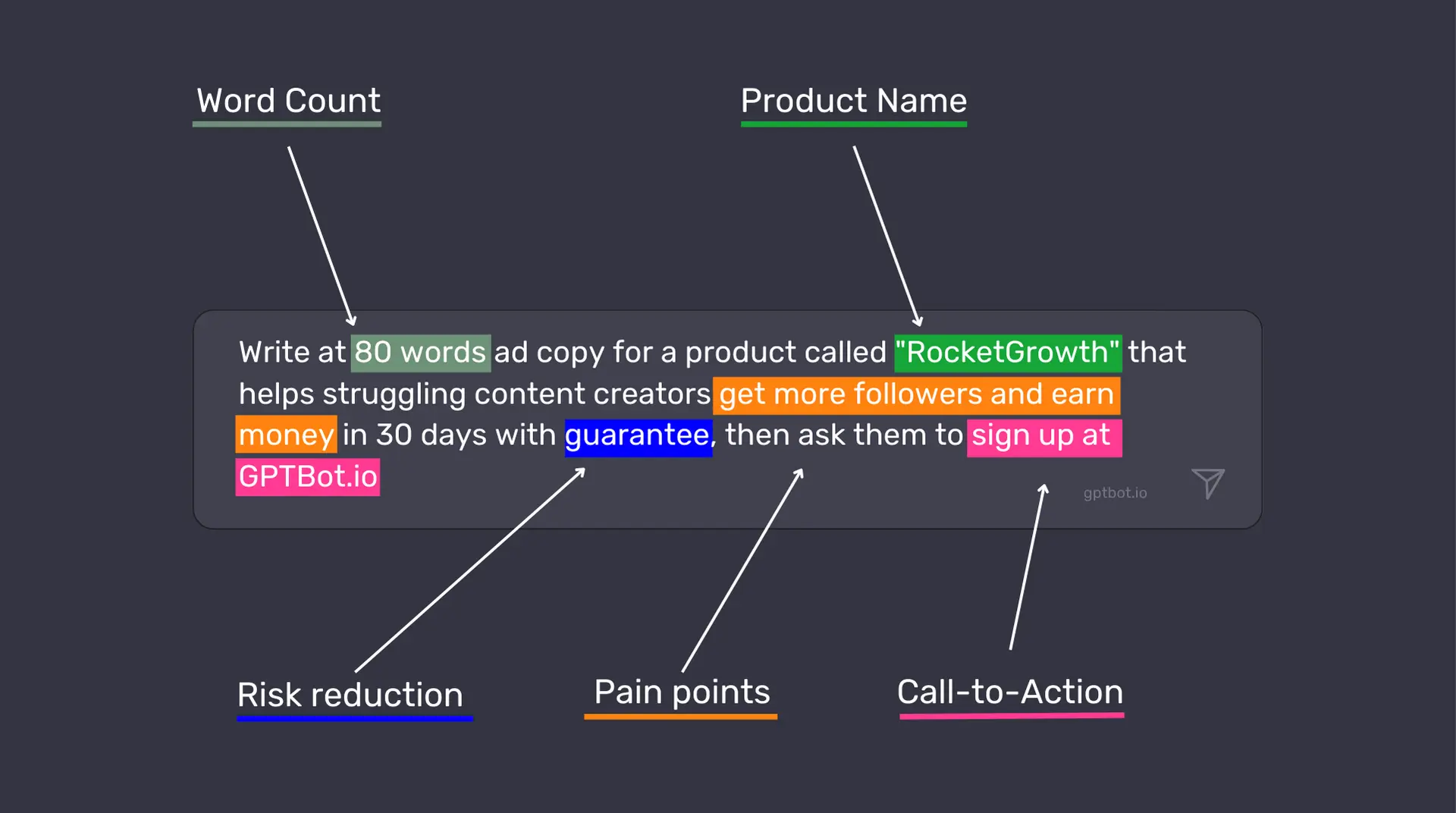Best Prompts for ChatGPT: Learn to Optimize Your AI Queries

Discover the best prompts for ChatGPT and optimize your queries with these key tips to get creative and effective responses.

Discover the best prompts for ChatGPT and optimize your queries with these key tips to get creative and effective responses.
Key Points
Artificial intelligence technology continues to evolve and astonish us with its innovative applications. Among these, conversational AIs like ChatGPT stand out, where prompts (or user instructions) play a fundamental role. If you have ever wondered how to improve your inquiries to ChatGPT, you’re in the right place: this article will unveil the secrets of the best prompts for ChatGPT and show you how to optimize your queries to maximize results. Remember that their use isn’t limited solely to productivity—it also encompasses creativity, learning, and task automation, among others.
To get the most out of ChatGPT, it’s crucial to understand what prompts are and how vital they are in shaping interactions with conversational AIs. In simple terms, a prompt is the instruction or query entered by the user to generate ChatGPT’s response (Source: AI Products, Eseid).
The type of prompt you use—whether generic or specific—will significantly influence the quality of the AI’s response. For example, a generic prompt might be "Explain the French Revolution." However, a more effective prompt could be "Explain the French Revolution in 5 key points, using simple language suitable for high school students." The quality of your prompt directly impacts the quality, relevance, and usefulness of the response generated by ChatGPT (Source: AI Products, ENEB).
As we delve deeper into the world of prompts, it is important to adhere to certain principles when writing them for ChatGPT. Here is a practical guide to help you craft effective prompts:
If you are using ChatGPT in Spanish, it is important to consider certain factors. Although ChatGPT can efficiently handle commands in Spanish, it is advisable to avoid very specific local idioms to ensure the AI clearly understands your instructions (Source: Santiago Cosme, Eseid).
To obtain more precise results, you can also follow additional tips, such as specifying the response format or using delimiters to separate instructions from content (Source: AI Products). Remember, the key is to adapt your prompts to the task at hand—whether it’s informative, creative, analytical, or otherwise.
To illustrate what effective prompts for ChatGPT look like, here are some examples organized by thematic objective:
For Productivity:
If your goal is to boost Creativity:
And finally, for Advanced AI:
You can also use reusable templates for your prompts, such as "Act as profession/role and specific task", "Summarize text in number key points", or "Suggest number strategies for objective" (Source: Santiago Cosme, Eseid).
Mastering the art of prompt writing is like learning a new language: once you understand its structure and rules, you have the tools to customize it to your needs. You can create your own prompts using templates and writing tips. Here is a practical guide to developing your own instructions for ChatGPT:
Templates are an excellent starting point for creating effective prompts. They are basic structures that you can customize according to your needs. Here are a few formats you can adapt to different situations:
These templates offer the flexibility to generate various responses for different tasks (Source: AI Products).
A good piece of advice is to start by using the examples and templates mentioned earlier in this article. Then, step out of your comfort zone and experiment with new prompts. Don’t be afraid to try different structures or styles, as this will only enrich your ability to work with ChatGPT (Source: ENEB).
Here are some key tips you can implement to optimize your results with ChatGPT:
Finally, it’s worth highlighting the value of prompts in Spanish for ChatGPT. They are especially useful for individuals or professionals who prefer to interact in their native language (Source: Santiago Cosme).
Mastering the art of using prompts with ChatGPT can provide you with more useful, creative, and tailored responses. This article has shown you how to design effective prompts, along with examples and templates that you can adapt to maximize your interactions with ChatGPT.
We encourage you to experiment, adapt, and design your own prompts, and not to forget to share ideas with other users and learn from them. Remember, ChatGPT is a powerful tool—but it’s only as good as the prompts you provide.
Keep exploring the fascinating resources that Privinia offers on artificial intelligence and applied technology, and be sure to stay tuned for our updates so you don’t miss any news.
Prompts are the instructions or queries that a user inputs into a conversational AI, in this case ChatGPT. They are crucial for guiding the AI's responses.
Effective prompts are clear, specific, and provide the right context. To develop them, you should: define your objective, specify the context, indicate the desired response format, and keep experimenting until you achieve the desired outcome.
Yes, of course! You can follow basic structures like "Act as role and action." or "Make a comparison between topic 1 and topic 2." These templates can always be adapted to your own needs.
Absolutely! ChatGPT can handle instructions in Spanish very efficiently. It is recommended to avoid very specific local idioms to ensure the AI clearly understands your instructions.
Yes, by using the rule of the "three C's": clarity, context, and conciseness. It’s also important to automate processes, learn from mistakes, experiment with different strategies, and seek inspiration from how other users are utilizing ChatGPT.